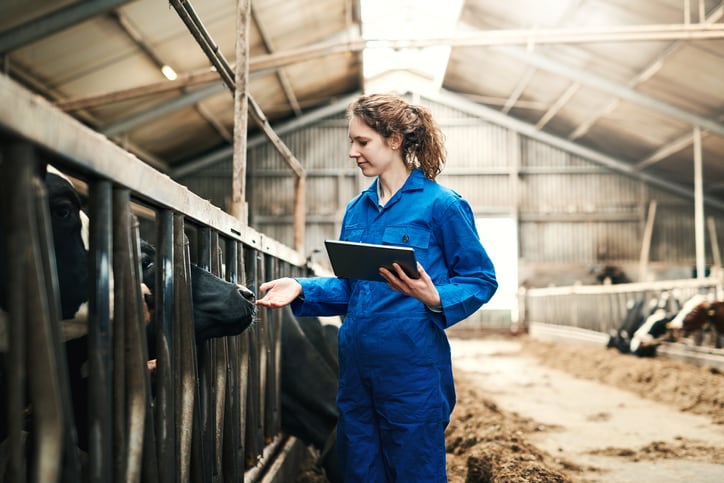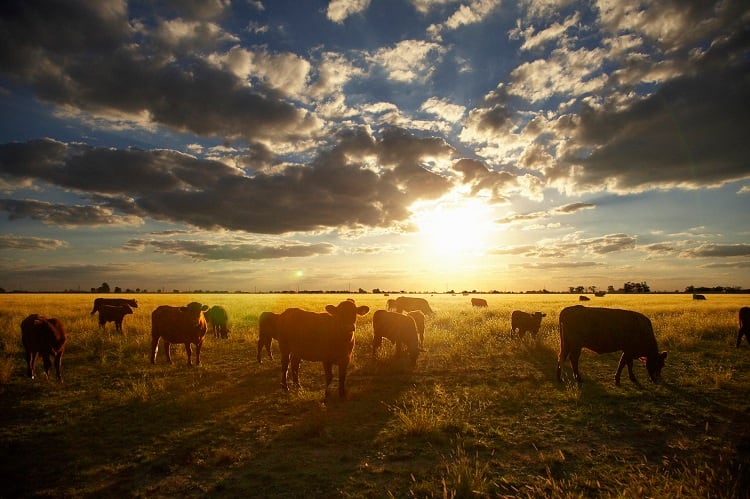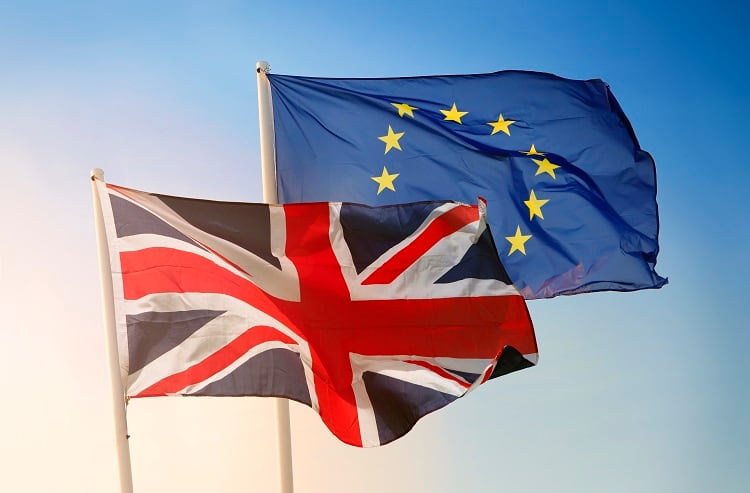Seen as key is the ability to access and share research data and use it to drive improvements. The data infrastructure needs to be in place to do this, however, and solutions are rapidly coming.
One example is the SmartCow project. Supported by Horizon 2020, the EU's research and innovation funding programme, SmartCow is a shared research data platform which aims to improve sustainability in the cattle industry.
The project brought together datasets from 14 research groups in Europe and allowed greater access and linking of the data. According to the UK ag-tech start-up Agrimetrics, which built the data platform which underpinned the project, using integrated datasets significantly increased the range of analyses that could be conducted. For example, users were able to combine data from different methane emission sensors to improve understanding of how diet affects the release of this greenhouse gas from dairy farms. SmartCow has therefore helped to develop and validate new predictors of feed efficiency, methane emissions and animal health status.
“Agrimetrics’ primary goal is to make it easier to find and use data so that that the food system is better able to meet the challenges it faces. A key facet of this is to enable better use to be made of data that is generated in research projects,” said Agrimetrics Chief Scientist Richard Tiffin. “The SmartCow project allowed us to develop this capability and it also helped us to understand how we can make livestock data available beyond research projects.”
Although the SmartCow project has officially ended, Agrimetrics will continue to host the platform. As more research datasets are added, it says more meaningful insights will be gained, generating potential improvements to the social, environmental and financial sustainability of cattle farming. For example, the model will be used in Defra’s (the UK government agency responsible for food and the environment) new Data Services Platform, which aims to make environmental data openly available to a wide range of users.
Agrimetrics has also launched the ForestMind project to help food producers and retailers assess deforestation risks in their supply chains. Using the data exchange system, ForestMind analysts can select and visualise different combinations of data, such as farm locations, land use, protected biodiversity areas and deforestation detection data from multiple satellites. They then automate reports which will monitor changes to these. This enables them to identify where and when illegal deforestation has taken place.
The ForestMind project was used by UK supermarket Sainsbury’s in 2022 to understand how it could use remote sensing techniques such as satellite imagery to spot unlicensed deforestation involved in soy production.
Supply chain intelligence will become invaluable
Why is all this needed? It is believed this kind of supply chain intelligence will become invaluable to the food and drinks industry in coming years amid pressure from consumers, investors and governments.
More companies are therefore keen to exploit the opportunities presented by data banks to improve the cattle sector’s supply chain traceability and provenance. New Zealand-based Oritain’s technology, for example, is used to trace the origins of a wide range of products such as meat, honey, milk and coffee (Nescafe is a major brand client) to verify their supply chain, prevent fraud and counterfeiting, and protect their products in international markets.
With the help of a $57 million fundraising round the company is now looking to expand into new geographies and product categories.
Oritain works by obtaining samples of genuine product and analysing them in the lab in order to identify a ‘fingerprint’ for each product. This is based on levels of chemicals and isotopes absorbed by the animal or plant source from the environment. These can be used to identify the country, region, and even farm of origin on audit.
These geochemical fingerprints are fed into data banks of products monitoring complex global supply chains such as palm oil, coffee, cocoa, cotton, vanilla, and soy and used as benchmarks to audit products at any point in the supply chain. The fingerprints can be digitalised and linked to on-pack codes, as was the case in Oritain’s recent partnership with New Zealand wine producer Pyramid Valley.
“Oritain’s forensic science can take a commodity sample and tell you precisely where in the world it comes from,” said Highland Europe’s Jacob Bernstein, who is joining the board at Oritain. “Does this cocoa come from a deforested national park? Is this cotton from where my supplier says it is? Is this coffee truly Brazilian, as the label says? This groundbreaking technology is a dream solution for sourcing and sustainability leaders at the world’s largest brands who can finally get to grips with the authenticity of their supply chains.”
Speaking at a recent event in London, Oritain Global Head of Corporate Affairs Freddie Duffield said the latest pork scandal to shake the meat industry highlights the urgent need for transparency and provenance data. “Companies are looking to make sure they are not going to fall of legislative requirements, and they also want to make sure they are not going to be victims of fraud," he said. Data, he added, can help “prove the positive or disprove the negative”, helping food suppliers and big supermarkets avoid reputational damage tied with a meat scandal.
End consumers, meanwhile, are demanding more information about where the food they consume comes from. “It's up to the industry to be able to provide them with as much unambiguous information as they can,” he said. “The technology is available now; it’s not science fiction. It doesn't cost the earth but will help us protect it.”




